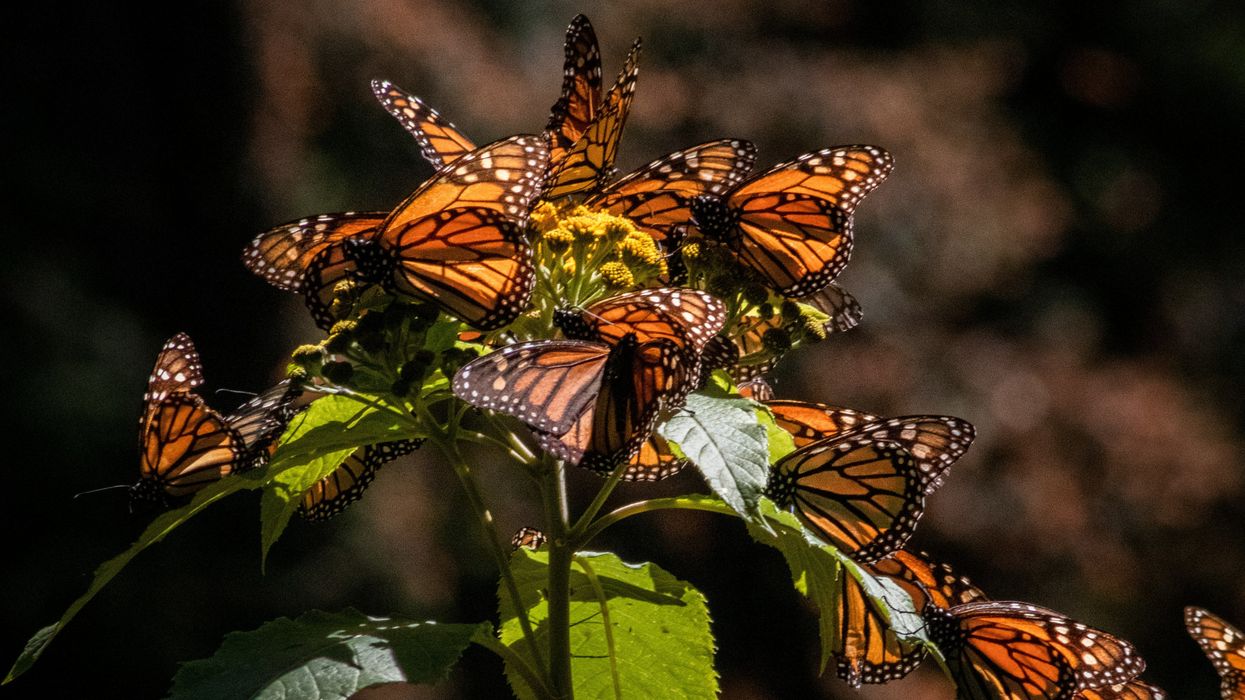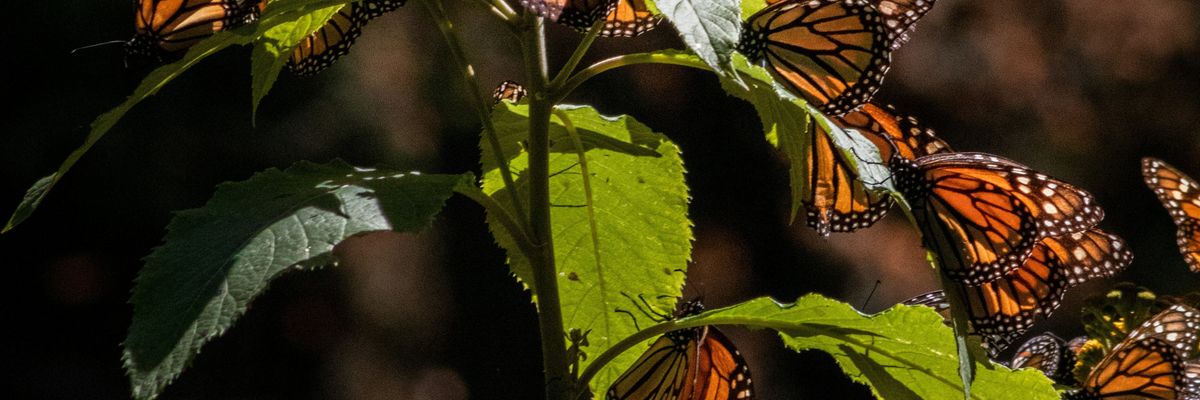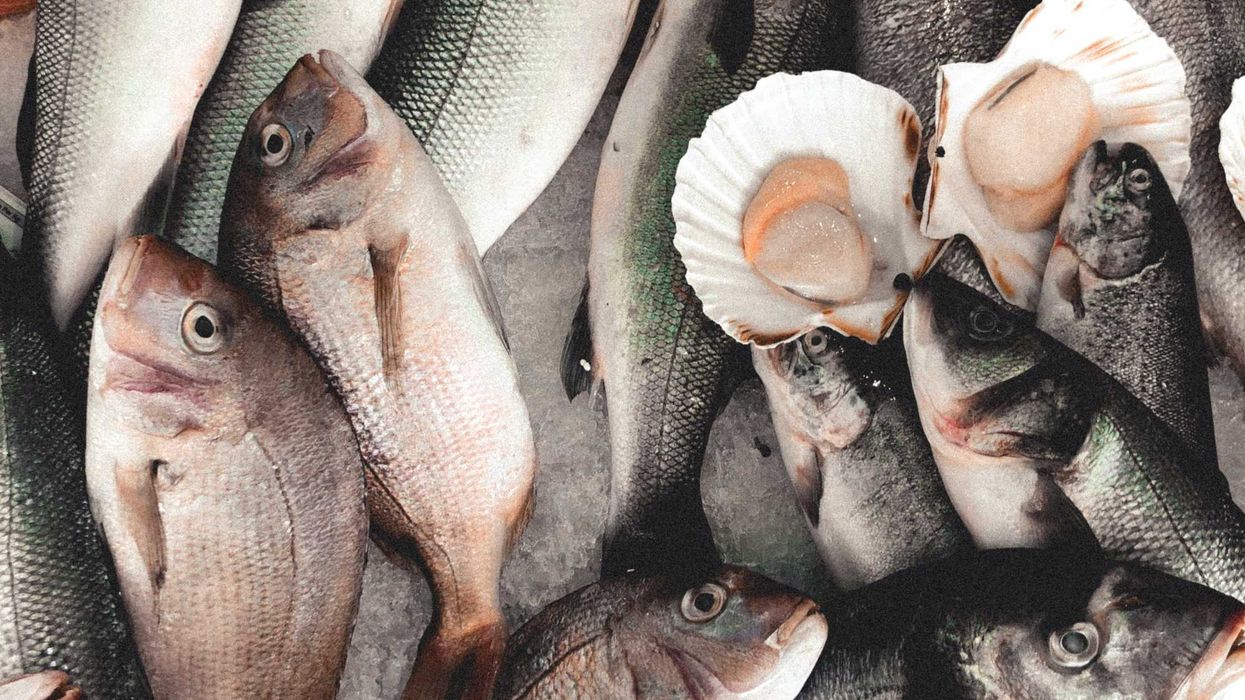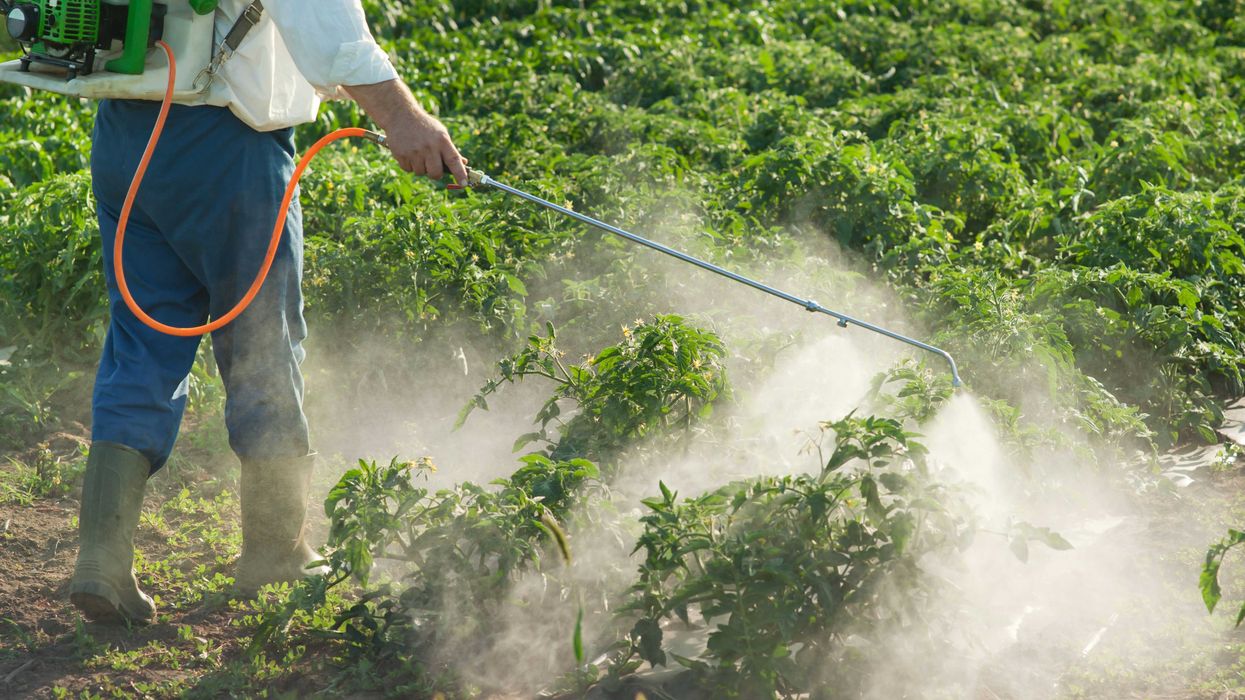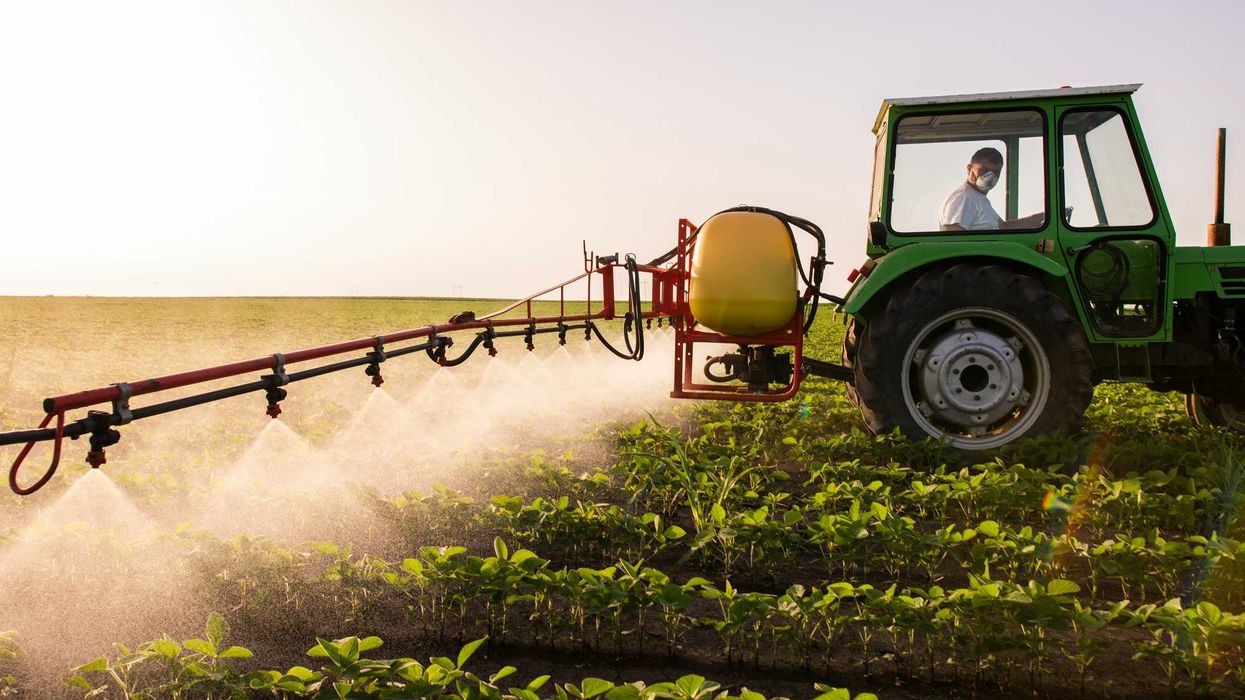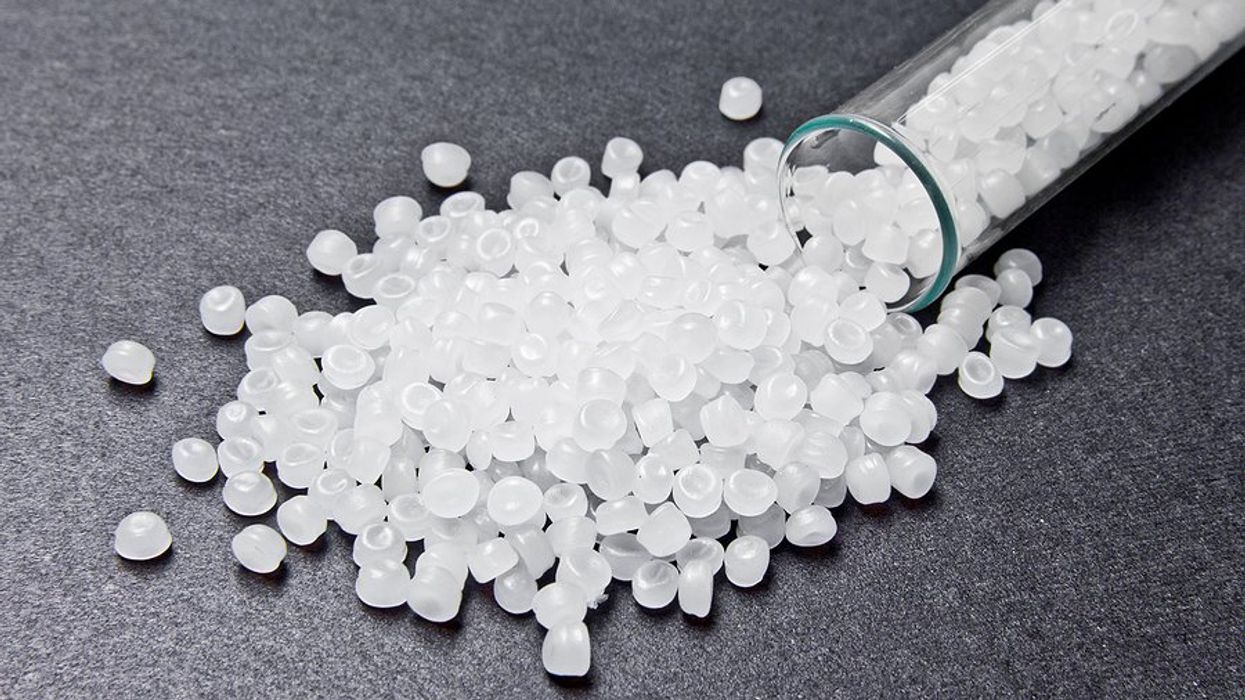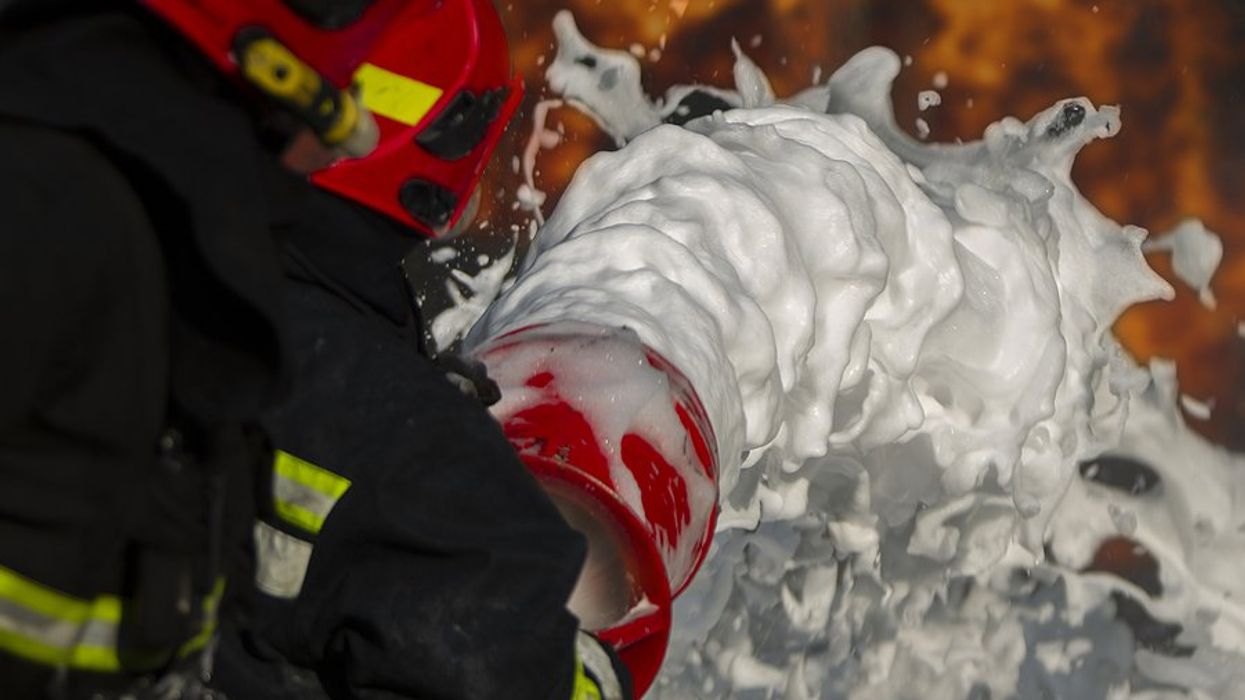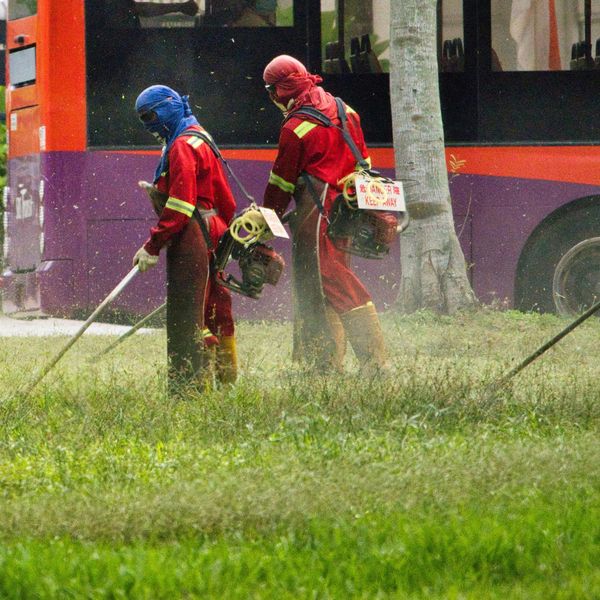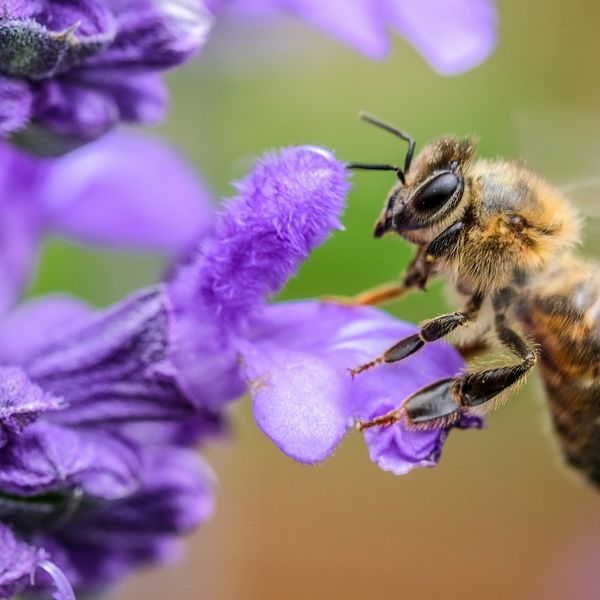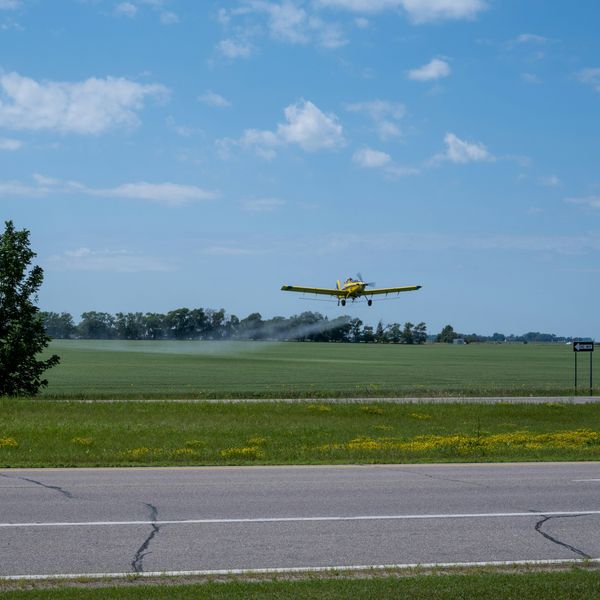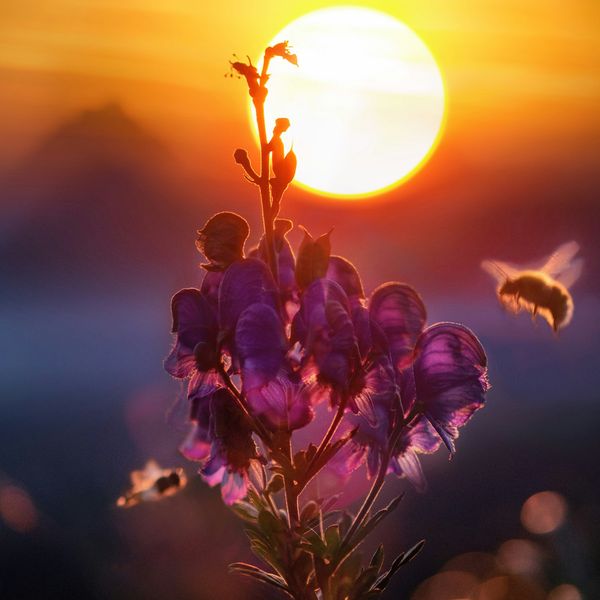In a recent study published by Environmental Toxicology and Chemistry, researchers examined pesticide exposure in monarch butterflies that died during a mass mortality event in Pacific Grove, California, in January 2024.
In short:
- On average, each monarch butterfly studied contained seven different pesticides.
- A total of 15 pesticides were found across all butterfly samples, including agricultural pesticides, insecticides, herbicides and fungicides.
- Three types of pyrethroid insecticides were detected at levels near or at their lethal dose in nearly every butterfly tested.
Key quote:
“Advancing our understanding of pesticide toxicity and exposure for monarchs could help improve and inform regulatory efforts to conserve this imperiled species, enabling a more comprehensive assessment of pesticide risks during pesticide registration and review.”
Why this matters:
Monarch butterfly populations in North America have declined by 80% - 95% since the 1980s, leading the United States Fish and Wildlife Service to propose listing the monarch as threatened under the Endangered Species Act. Butterflies encounter pesticides used in agriculture, but also those used for gardening, landscaping, and residential pest control. These applications typically aren’t required to be included in pesticide use reporting, making it hard to track the extent of exposure. The results of this study add to the evidence of pesticides’ diverse negative impacts on insect populations, and the authors highlight the need for regulations that better protect pollinators and minimize ecosystem damage.
Related EHN coverage:
- Pesticides may be contributing to the disappearance of bees across the US
- New study shows insects highly absorb 5G frequencies
More resources:
- U.S. Fish and Wildlife Service: Save the Monarch
- Beyond Pesticides: Impact of Pesticides on Pollinators
Cibotti, Staci et al. for Environmental Toxicology and Chemistry. June 28, 2025

